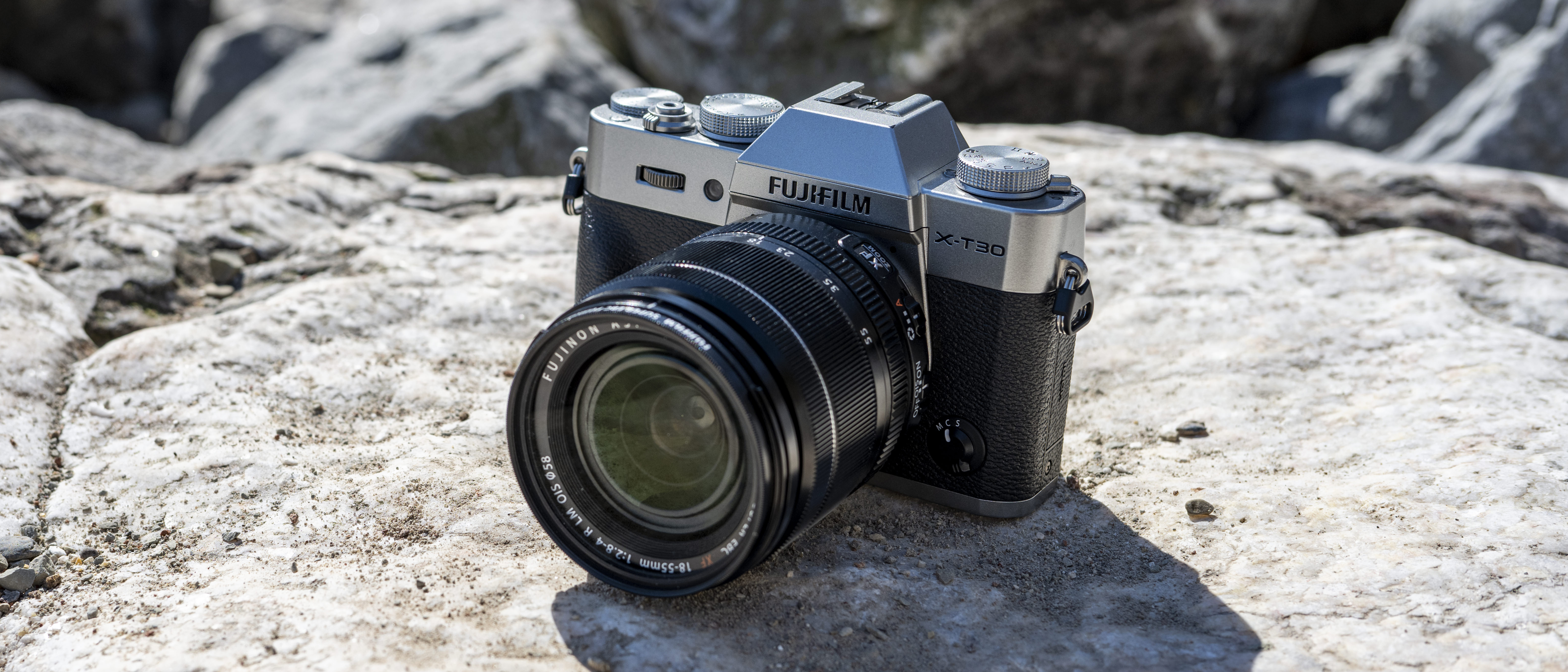TechRadar Verdict
There’s a lot to like about the Fujifilm X-T30 II. Although it’s a relatively minor upgrade over its predecessor, overall it’s an excellent mid-range camera that’s well suited to travel and everyday photography. It packs a fair punch with a great sensor, cracking AF system and some decent video specs. That said, if you already have the original X-T30, or have a little more budget to spend, it’s worth looking further up the line.
Pros
- +
Great styling
- +
Solid handling
- +
Lots of film simulation modes
- +
Uncropped 4K
Cons
- -
Screen only tilts
- -
No in-body image stabilization
- -
Some awkward button placement
- -
Modest upgrade over predecessor
Why you can trust TechRadar
Editor's Note
• Original review date: May 2022
• A modest upgrade to Fujifilm's APS-C mirrorless hybrid
• Launch price: $899 / £749 / AU$1,585 (body only)
• Official price now: $999 / £799 / around AU$1,349 (body only)
Update: May 2024. Picking up where the X-T30 left off, Fujifilm’s second-gen mirrorless hybrid doesn’t change too much. It remains a beginner-friendly, retro-style camera with a solid set of specs, including strong autofocus and uncropped 4K recording with the same 26.2MP APS-C X-Trans CMOS sensor as before. Given that the original X-T30 is now harder to find in new condition, the Mark II is Fujifilm’s most affordable option for beginners who want a travel-friendly camera with a capable sensor. In the UK and US, official prices have crept up since the camera hit shelves in 2022, although we still think it represents good value in 2024. It’s also worth looking out for deals on the X-T30 II during upcoming sales events: as the model gets older and rumours of an X-T30 III start to circulate, there’s an increased chance of finding discounts online.
Two-minute review
Launched back in 2019, the original Fujifilm X-T30 was intended as a ‘lite’ version of the Fujifilm X-T3, boasting several of the same specifications in a more consumer- or travel-friendly body.
Fast-forward to 2022, and the X-T30 II represents only a modest upgrade; although considering that the original camera was so good, that’s perhaps no surprise. If you already own the X-T30 there’s probably little point in upgrading, but, if you’re looking for a good all-rounder which doesn’t put too much of a dent in your wallet, and fits neatly into your bag for everyday and travel use, then it’s worth considering – and the fact that it’s a treat to look at is a nice bonus too.
Since 2019, Fujifilm has also had a bit of a shift around in its lineup, doing away with some of its more basic models, and the X-T30 II currently its most beginner-friendly option. But that’s not to say you don’t get some excellent specs for your cash – and indeed in many ways it’s a very similar camera to the superb Fujifilm X-S10.
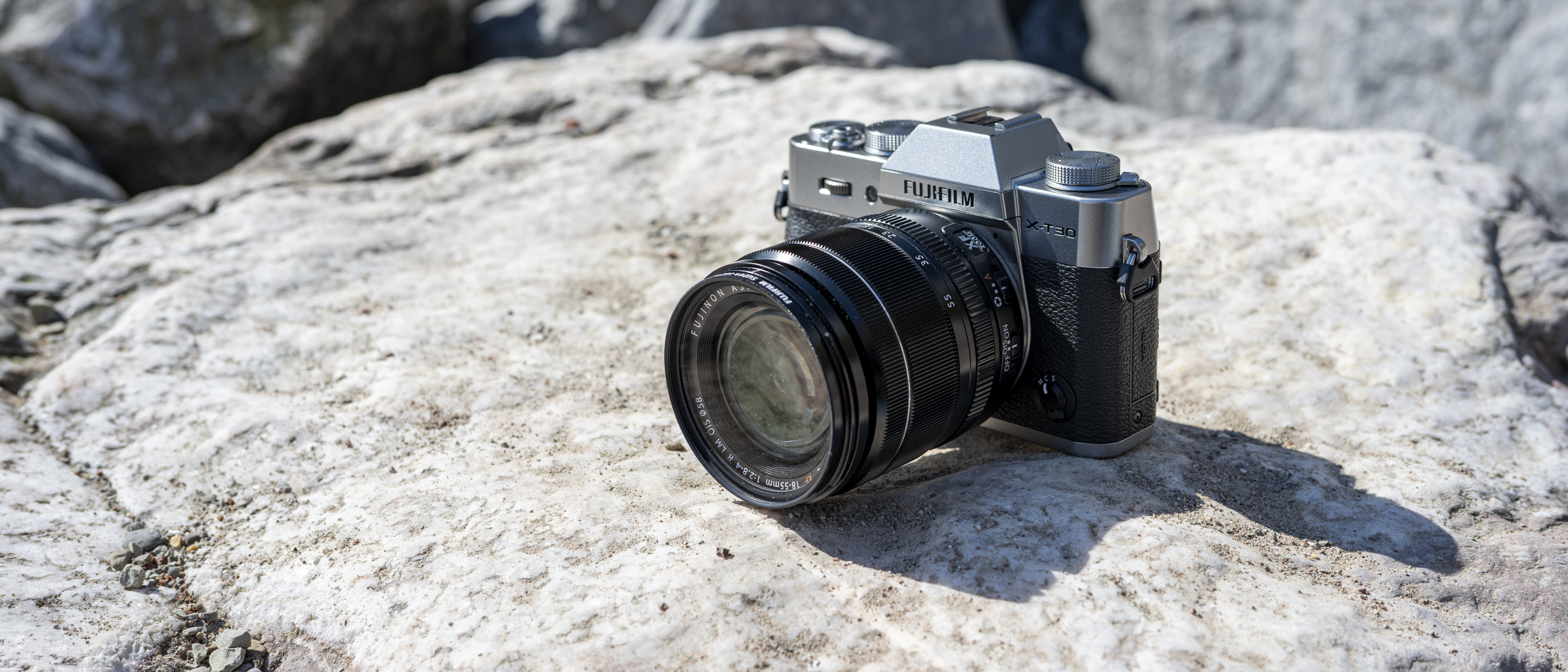
Housed inside the X-T30 II is a 26.1 megapixel APS-C sensor, while you also get high-end features such as uncropped 4K video and 20fps shooting (which can be boosted to 30fps if you’re happy to employ a crop). There are also a slew of film simulation modes, a cracking autofocus setup and customizable controls.
All of that could be found on the original X-T30 though – so what’s new here? Well, very little really, but there are just enough incremental upgrades to make the overall proposition very good. We’ll go into more detail below, but the headlines are a higher-resolution screen, the addition of more film simulations and the ability to record high-speed video in Full HD, and greater sensitivity in low-light shooting.
Sign up for breaking news, reviews, opinion, top tech deals, and more.
Sensor: 26.1MP APS-C X-Trans CMOS
AF points: 425
Video: 4K 30p, Full HD 60p, High-speed 240p Full HD
Viewfinder: 0.39-inch OLED 2.36m-dot
Memory card: Single SD/SDHC/SDXC UHS-I
LCD: 3.0-inch tilt type touch LCD, 1.62m-dot
Max burst: 8fps mechanical shutter, 20fps electronic shutter, 30fps with crop
Connectivity: Wi-Fi, Bluetooth
Size: 118.4 x 82.8 x 46.8mm
Weight: 378g (with battery and SD card)
Given that this is the same basic setup as the original X-T30, we were already confident that image quality was going to be great, and we haven’t been disappointed. Colors are beautifully vibrant, and images have bags of detail – and those film simulation modes are always fun to experiment with.
So what’s not to like? Again, we’ll go into this in more detail below, but the main bad news is the lack of in-body stabilization, a little bit of awkwardness when it comes to button placement, the screen only tilting (not ideal for selfies and vlogging), and of course the fact that it’s such an incremental upgrade over its predecessor that you might be better off just sticking with that camera.
All of that aside, if you’re looking for a good-value mid-range camera, especially to take with you on trips, the Fujifilm X-T30 II makes for a very tempting proposition - indeed we think it's one of the best travel cameras you can buy, as well as being one of the best beginner mirrorless cameras. You’ll get fabulous pictures, an attractively styled body, access to a good range of lenses and a slew of useful specs. If you have a little more cash to play with – and don’t mind going a little bigger – it makes sense to plump for the X-S10, but otherwise, there’s a lot to like here.
Fujifilm X-T30 II release date and price
- Available to buy now from $899 / £749 (body-only) / AU$1,585
- Cheaper at launch than the X-T30
- Cheaper than the Fujifilm X-S10
Announced in October 2021, the Fujifilm X-T30 II went on sale for $899 / £749 / AU$1,585 in its body-only configuration. Most users are likely to buy it with either the 15-45mm or the 18-55mm kit lens, in which case the price is increased.
The cheaper 15-45mm is lower in quality, but being smaller in size it may appeal to those looking for something ultra-compact for traveling. You can pick up the X-T30 II and the 15-45mm for $999 / £849 / AU$1,694.
It’s worth going for the higher-quality 18-55mm lens if you’ve got the budget, and the space in your bag. At $1,299 / £1,099 / AU$2,099 for the kit combo it still represents good value for money, and gives you more flexibility.
Good news – and perhaps surprising in the current electronics climate – is that the Fujifilm X-T30 II was actually cheaper at launch than its predecessor. It’s difficult to find the original X-T30 now, especially new, but you might pick up some good second-hand deals.
Less good news is that stock levels in certain regions, including the UK, aren’t always high, so you may need to shop around if you’re keen to buy.
Fujifilm X-T30 II review: design
- Classic retro styling
- Tilt-type touchscreen
- Just one SD card slot
Fujifilm has used the exact same chassis for the X-T30 II as for its predecessor – so there are no surprises here, for better or worse. What that means is that you get a retro-styled body, which we think looks particularly attractive in the black and silver finish; an all-black model is also available.
As is commonplace with Fujifilm cameras, there’s a scattering of dials and buttons across the top and back of the camera, and a good degree of customization options. Beginners shouldn’t be put off however, as there’s also a good Auto mode which you can use, and lets you happily ignore as many of the dials and buttons as you want to.

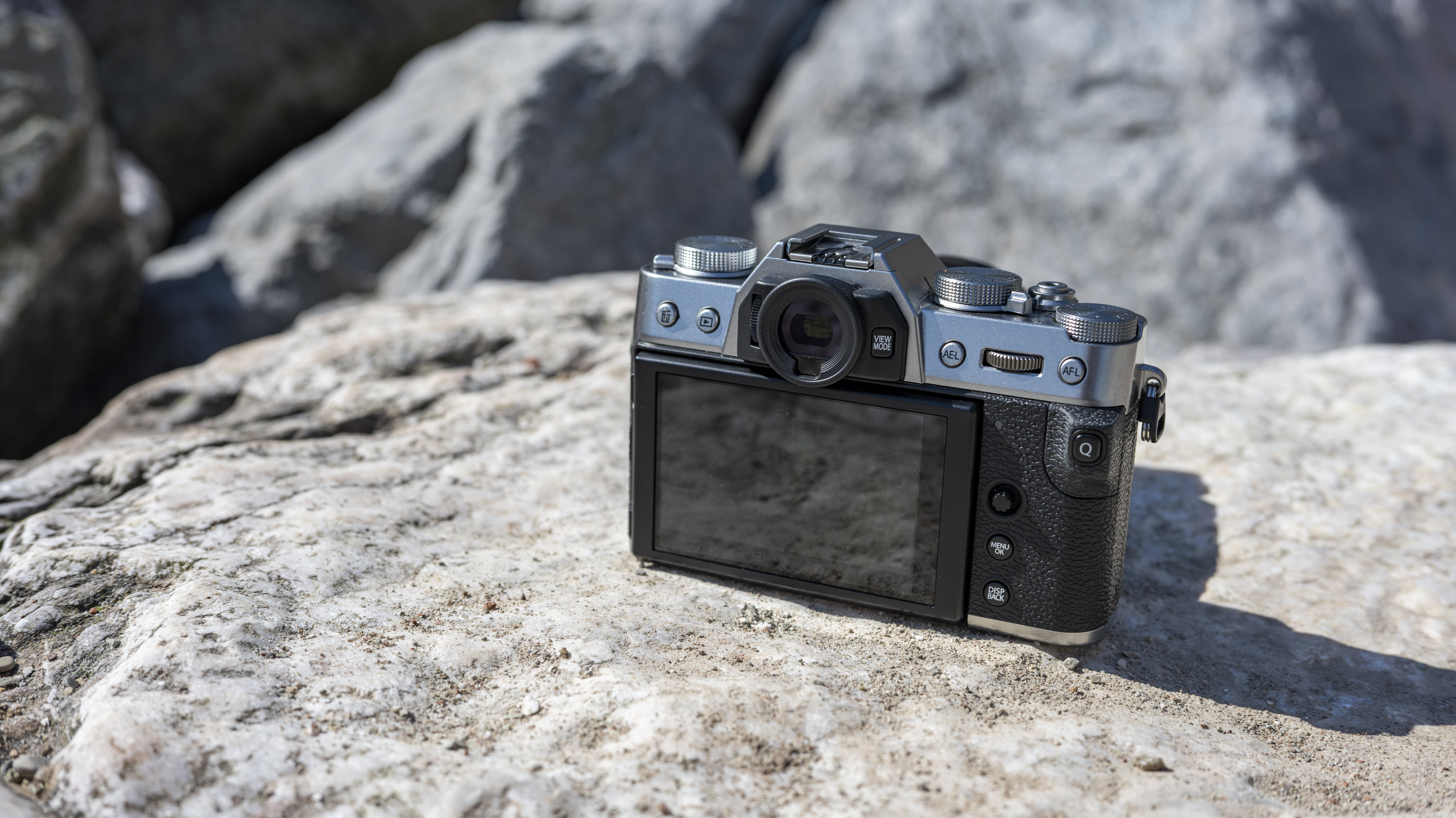
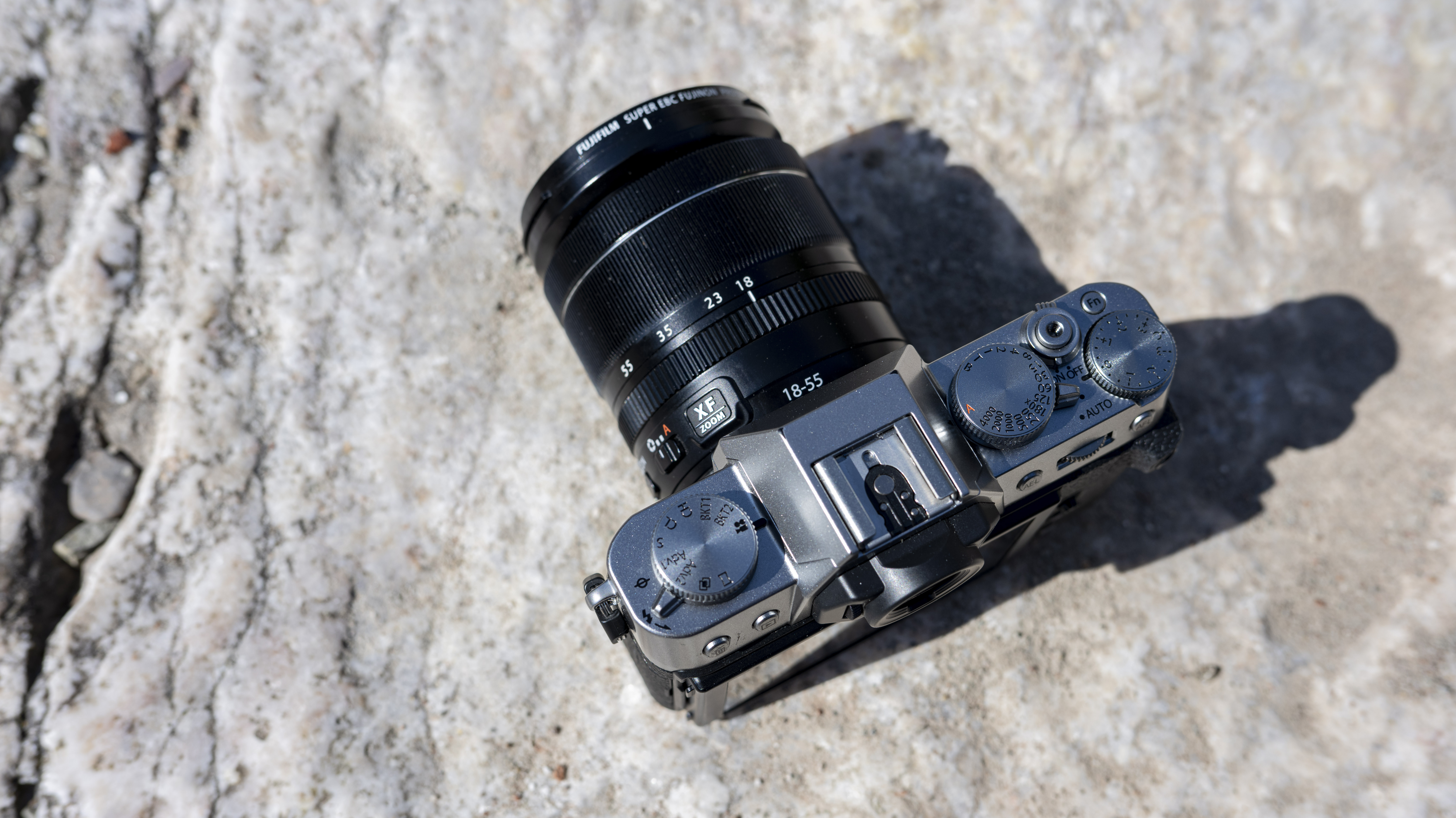
On the camera’s top plate there’s a shutter speed dial, an exposure compensation dial and a drive mode dial. Several of Fujifilm’s lenses have aperture rings, but if you’re using a lens that doesn’t have one (such as the 15-45mm kit lens), you can use one of the dual-control dials on the front and rear of the camera to make those changes. Focus mode is adjusted via a switch on the front of the camera.
A Fn button on the top of the camera can be changed to control a variety of different settings. On the back of the camera you’ve got a joystick for moving focus points around the screen or moving through the various menus available, and there’s a ‘Q’ button which can be used to access commonly adjusted settings. A frustration of the original X-T30 was this button’s placement – it’s awkwardly situated on the thumb grip, and it’s ridiculously easy to push it when you don’t want to, and conversely slightly hard to find when you do. Sadly, Fujifilm hasn’t seen fit to move this for the Mark II version, which is a bit of a mystery considering the number of reviews that complained about it.
The grip on the front of the camera is fairly slight. This isn’t a chunky camera, but it still feels relatively secure and comfortable in your hand; those with large hands may find it just a little on the small side, in which case we’d probably recommend the X-S10 instead.

Underneath the electronic viewfinder (a 2.36m-dot OLED EVF, the same as on the X-T30) is a tilt-type touchscreen. Unlike other models in Fujifilm’s lineup, such as the X-S10, this can only tilt up and down, and doesn’t have an extra mechanism to fold out towards the front. For many, this won’t be an issue, but if you’re keen on vlogging or taking selfies, it’s a bit of a shame not to have that flexibility. On the plus side, it’s here that we find one of the XT-30 II’s upgrades over its predecessor, as the screen offers a higher resolution at 1.62 million dots than the X-T30’s 1.04 million-dot panel.
There’s just one memory card slot, which is to be expected on a mid-range camera like the Fujifilm X-T30 II. It’s an SD/HC/XC compatible slot, but it’s a shame not to see it offering UHS-II, especially considering how fast this camera can shoot. It’s also a little awkwardly placed if you’re using a tripod – you’ll find it behind the same door as the battery, next to the tripod thread, rather than behind a separate door on the side of the camera.
Fujifilm X-T30 II review: features and performance
- Same sensor and processor as X-T30
- Same Intelligent Hybrid AF system as X-T30, with improved algorithms
- Improved low-light autofocusing capability
It's safe to say that Fujifilm hasn’t done much more than tweak the original X-T30 for the Mark II iteration, although that’s not necessarily a bad thing when you’re working with some pretty impressive features in the first place. A good example is the same 26.2MP APS-C X-Trans CMOS sensor. This is Fujifilm’s current top-line sensor, also found in its higher-end cameras, so you can’t get better than that.
In continuous shooting mode the X-T30 II can shoot at 8fps using the mechanical shutter. However, if you’re happy to shoot with the electronic shutter you’ve got the option to record at 20fps, or 30fps with a 1.25x crop applied. This makes the X-T30 II a good option for those who like to photograph fast-moving subjects, though the buffer is relatively small, giving you 26 JPEGs / 17 raw files at 30fps, or 32 JPEGs / 17 raws in 20fps mode before you’ll need to take a short pause – it’s best if you’re therefore able to predict at least roughly when some action will be taking place.
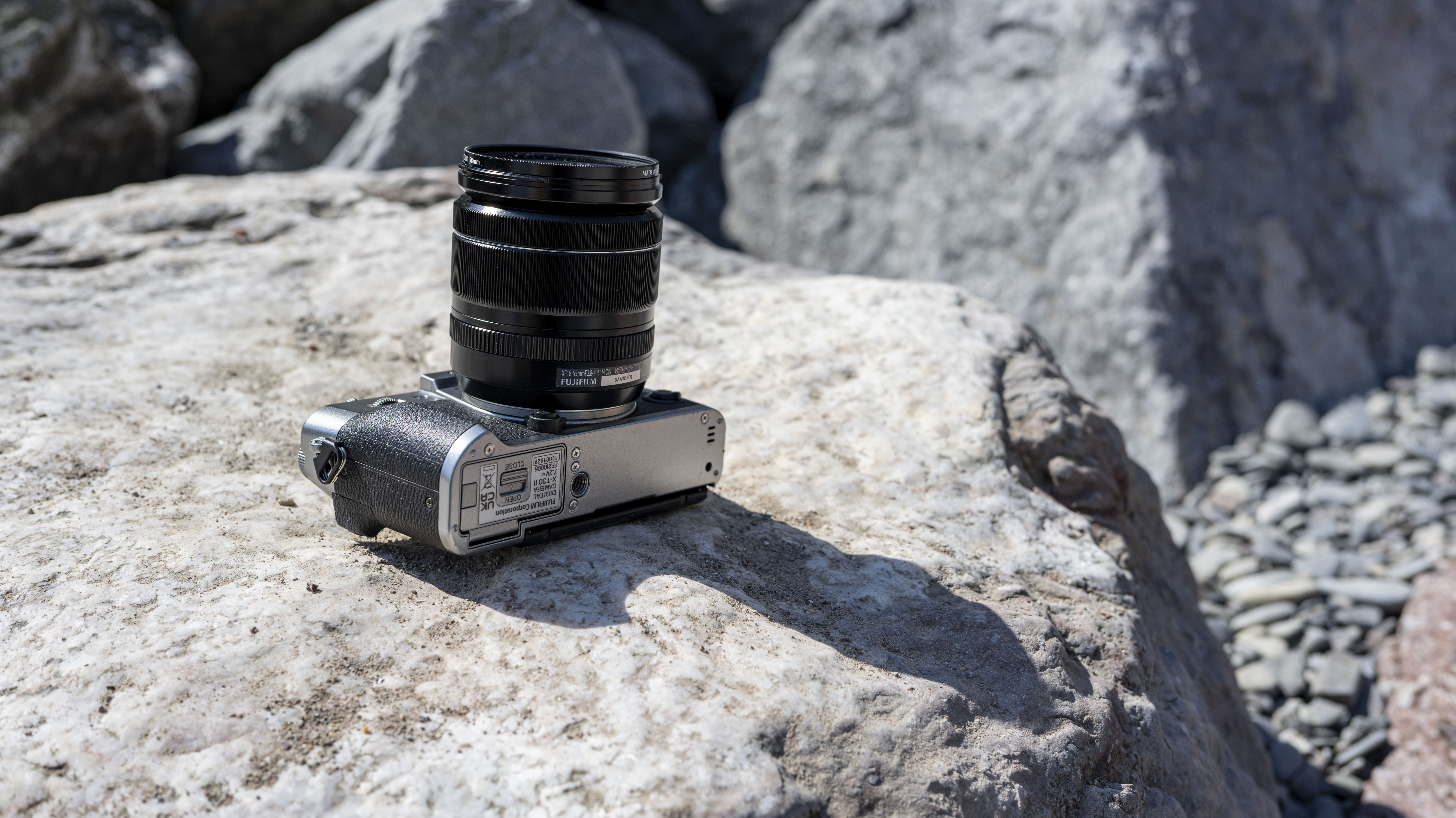
Interestingly, if you’re using the electronic shutter, there’s also a ‘Pre-shot’ burst mode, which records images so long as you keep the shutter button half-pressed, saving those captured up to a second before you fully press the shutter, and hopefully ensuring that the moment is successfully captured.
Fujifilm has also employed the same 425-point AF system for the X-T30 II as for its predecessor; again, that put in a solid performance last time, and again it’s the same system you’ll find in the X-S10, the X-T4 and the X-Pro3. As well as the option to select from one of the 425 points, you can also choose Zone AF and Wide/Tracking AF for following moving subjects. Here’s where we see a little difference from the X-T30, as the Mark II version uses a newer algorithm which is designed to more accurately track subjects that are moving towards or away from the camera.

Another improvement is the focus point sensitivity, which now goes to an impressive -7EV, compared to the X-T30’s -3EV. In theory this should mean that the X-T30 II is a little more adept at acquiring focus in very low lighting, and that seems to be borne out well in practice – during our testing, it did a good job of picking out fine details even when light was pretty limited.
Tracking focus performs generally pretty well, albeit not consistently perfectly. It works best when following a subject that’s moving in a relatively predictable fashion, but it’s a solid performance from a camera sitting in the mid-range. If you’re someone who just likes to take the odd wildlife shot, or photograph kids and pets, it’s likely better than you need.
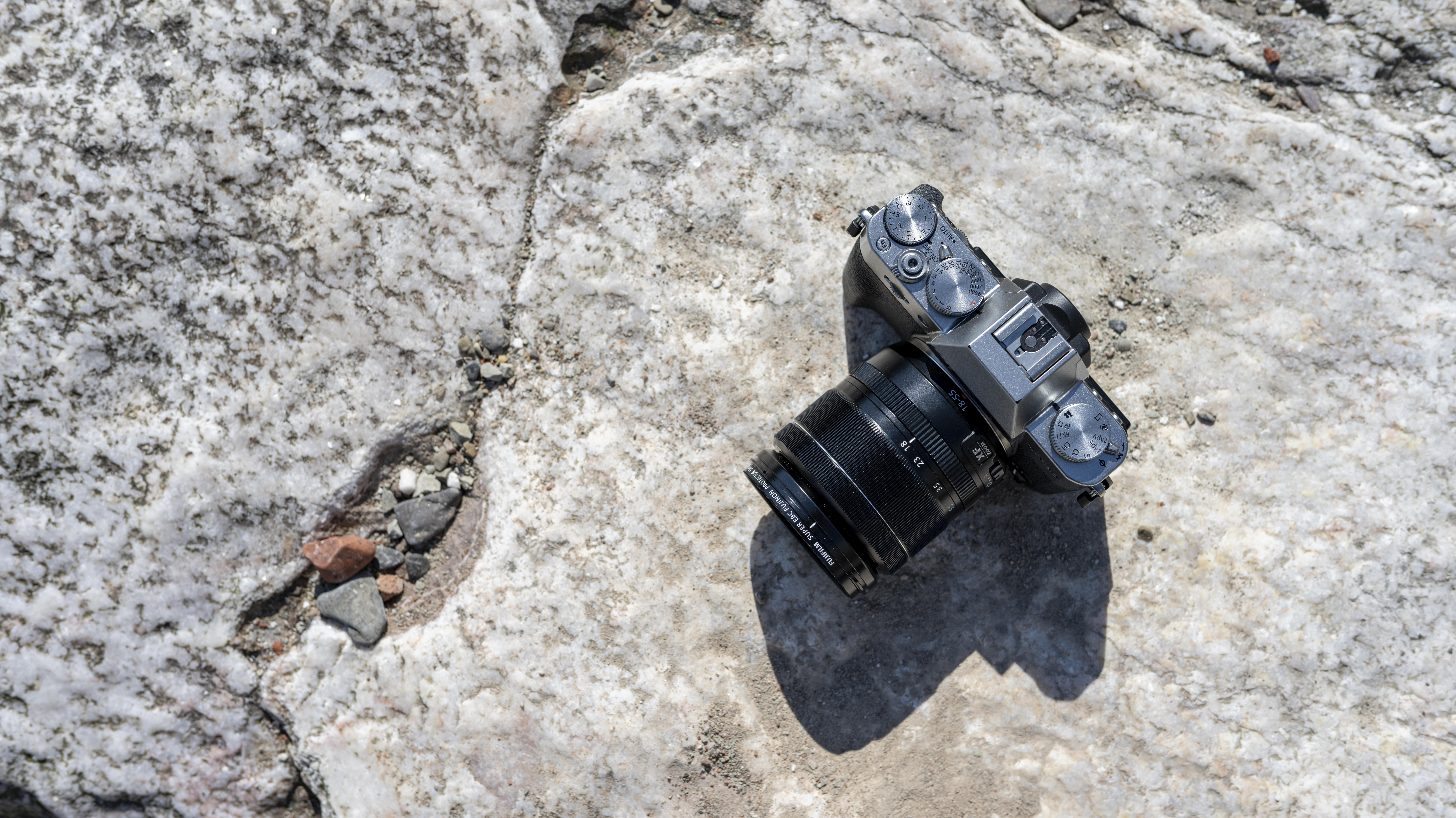
Fujifilm X-T30 II review: image and video quality
Given that we’ve seen the X-T30 II’s sensor in multiple cameras, we didn’t expect any surprises when it came to image and video quality. In fact, this sensor is probably the best APS-C sensor on the market right now, so you’re all but assured of good image quality.
Fujifilm has earned a lot of fans for the way its cameras handle color, and as we’d expect, you get beautifully rich tones and vibrancy. JPEG images directly from the camera look fantastic, while the raw files give you lots of scope to make adjustments as you see fit.
Shooting in the standard film simulation mode yields pleasingly accurate colors, with skin tones rendered nicely. The many different film simulation modes are also great fun to experiment with; the two new options for the X-T30 II are Classic Neg and ETERNA Bleach Bypass, bringing the total number of simulations now available to 18. It’s worth playing around with all the modes when you first unbox the camera to get a feel for which ones you like best.







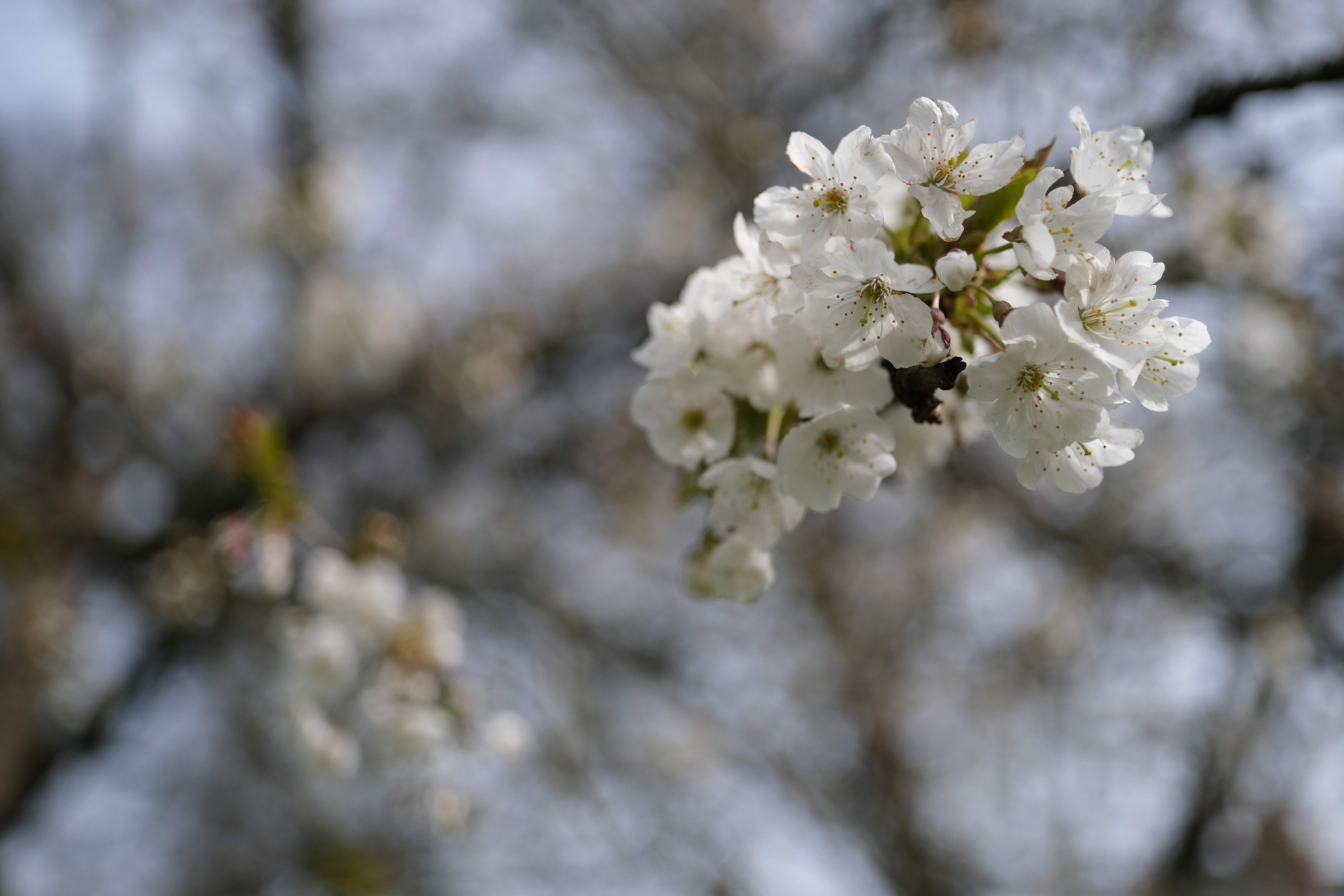
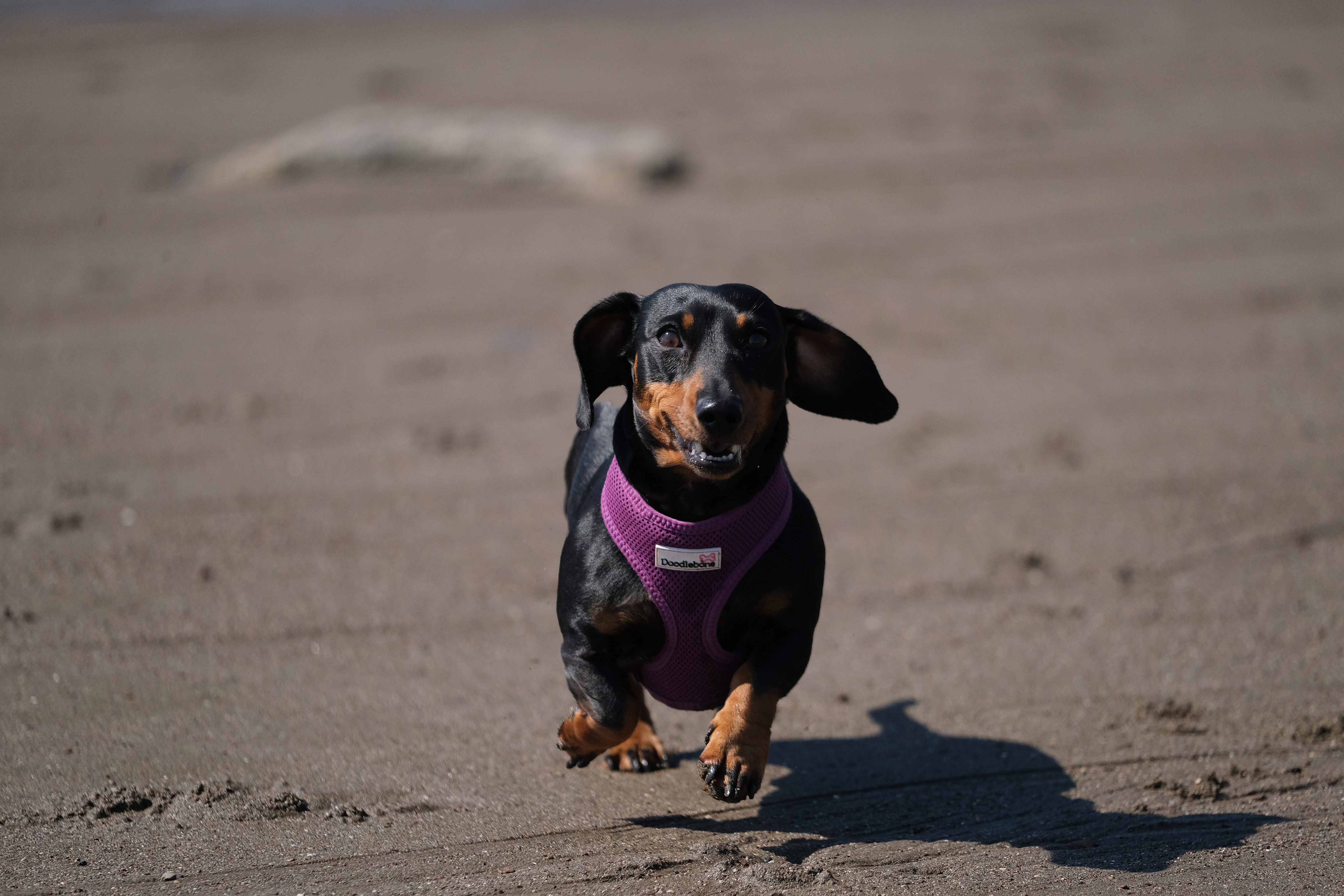
Video quality is good, with footage containing plenty of detail. However, the lack of in-body image stabilization means the camera has its limitations for handheld work – you’ll be relying on lens stabilization, or shooting from a stable surface, for the most part. It's fine for the odd video clip, but if you’re looking for a really capable video camera you’ll be better served elsewhere.
One of the disadvantages of a smaller than full-frame sensor is that low-light shooting can result in noisier images. How much you actually like to shoot in very low lighting is worth thinking about, but here we’re treated to pretty clean images up to around ISO 6400, with some noticeable (but not overly objectionable) noise starting to creep in thereafter.
Should I buy the Fujifilm X-T30 II?
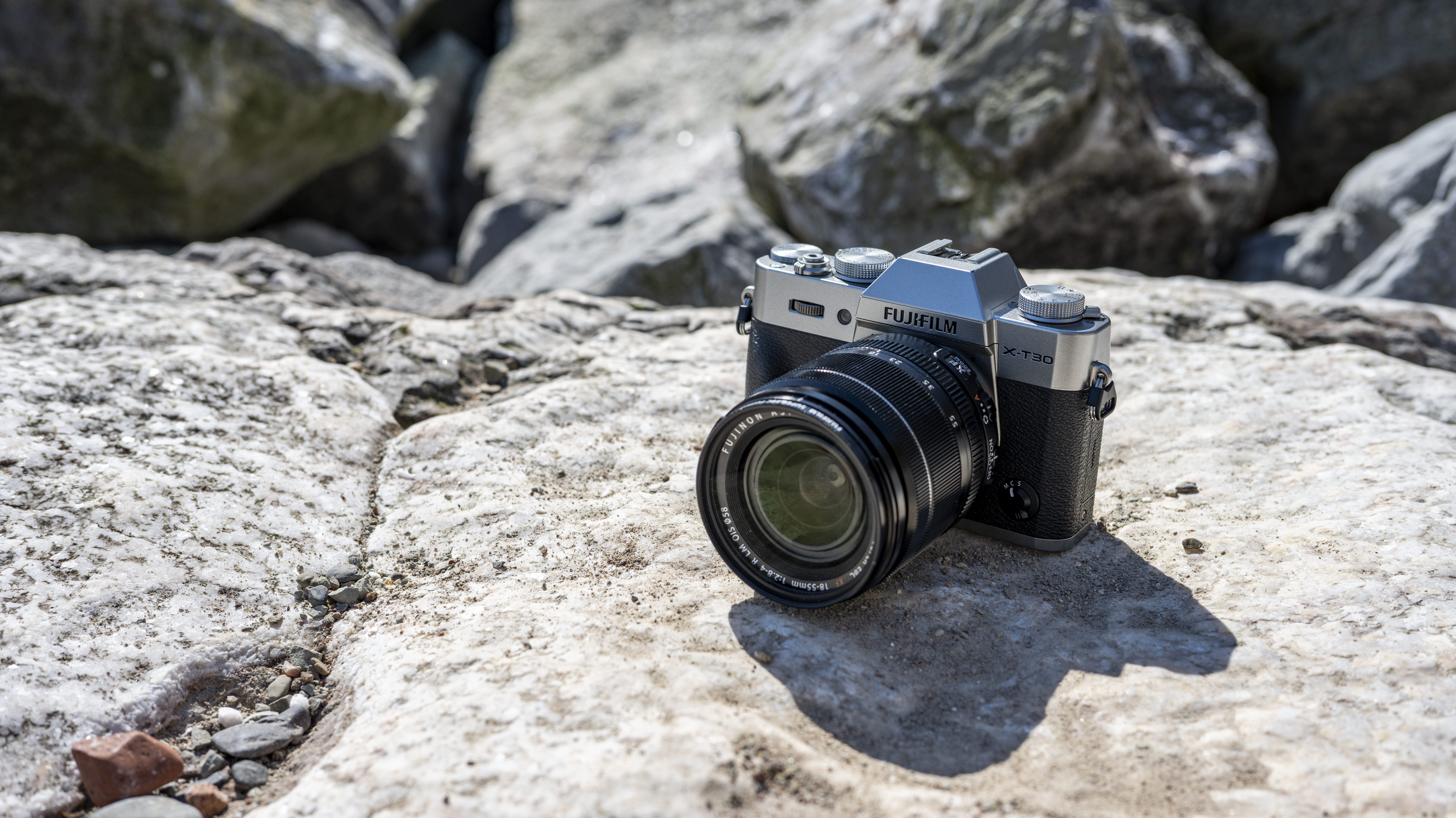
Buy it if…
You want a good all-round mid-range camera
Fujifilm makes some of the best mid-range cameras on the market, and with its cracking sensor, fast shooting, good autofocus, and decent video options, the Fujifilm X-T30 II is a versatile all-rounder that suits a variety of genres.
You want a Fujifilm, but your budget is limited
Fujifilm cameras have a reputation for not being the most wallet-friendly, but the X-T30 II, while it may not exactly be cheap, is good value given the specs you’re getting. It’s also cheaper than other Fujifilm cameras, such as the X-S10 or the X-T4, while sharing some of those cameras’ main specs.
You’re looking for something small and light for travel
APS-C cameras offer a good balance between performance and compactness. If you don’t need some of the extras offered by the X-S10 or X-T4, then the X-T30 II makes a much better everyday and vacation camera – and you can keep the size and weight down even further by pairing it with one of Fujifilm’s smaller lenses.
Don't buy it if…
You already have the X-T30
Considering that the Mark II is a relatively modest upgrade over the original X-T30, if you already have that camera there’s little point in investing in the newer version. You’d be better off trading up the line to something like the X-T4, or possibly the X-S10.
You’re looking for a vlogging camera
Although the X-T30 II has some decent video specifications, it’s designed more for photographers who might shoot the occasional clip, rather than serious videographers. Vloggers will also miss a front-facing display; there are much better options out there for video.
You can spend a little more
While the XT-30 II represents good value for money, if you can stretch your budget a bit further you could get the X-S10 instead. It offers a number of upgrades, particularly for vloggers, including a more flexible screen and in-body image stabilization. Stretch it even further and you’re in X-T4 territory, which additionally gives you 4K at 60p, full weather sealing, and an extra card slot.
Also consider
If you're looking at rival cameras to the Fujifilm X-T30 II, here are three to consider:

Fujifilm X-S10
Offering the same sensor and the same AF system in a bigger body, the X-S10 adds in-body image stabilization and the option to flip the screen to face forwards. If you shoot a lot of video, this is almost certainly a better option than the X-T30 II, but it comes with a small price premium.

Canon EOS M6 II
A super-high-resolution sensor, the perfect size for travel, and some powerful high-speed shooting specs make the M6 Mark II a great alternative to the X-T30 II. Bear in mind though that it has no built-in viewfinder, and once again, the screen only tilts.
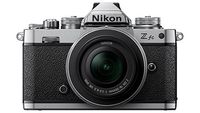
Nikon Z fc
If you like the retro styling of the Fujifilm X-T30 II, the Nikon Z fc is also likely to appeal. This APS-C addition to Nikon’s Z series offers great value, a good range of specs, and a useful vari-angle touchscreen which vloggers will appreciate.
- These are the best mirrorless cameras you can buy

Amy has been writing about cameras, photography and associated tech since 2009. Amy was once part of the photography testing team for Future Publishing working across TechRadar, Digital Camera, PhotoPlus, N Photo and Photography Week. For her photography, she has won awards and has been exhibited. She often partakes in unusual projects - including one intense year where she used a different camera every single day. Amy is currently the Features Editor at Amateur Photographer magazine, and in her increasingly little spare time works across a number of high-profile publications including Wired, Stuff, Digital Camera World, Expert Reviews, and just a little off-tangent, PetsRadar.
